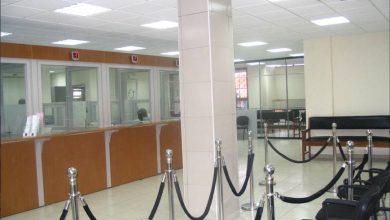Winners, losers in Escom tariff hike
Five months after a “consultation process” I described as road shows or talking shops simply to hoodwink consumers and stakeholders to feel like they were “consulted”, the Malawi Energy Regulatory Authority (Mera) has granted Escom its wish albeit with minor alterations.
Mera has allowed the country’s sole power utility, the Electricity Supply Corporation of Malawi (Escom), to adjust its tariffs by 37.2 percent in phases over a four-year period. Escom has since implemented its first phase of 13.5 percent on April 4 2014.
It also comes as a temporary relief that the tariff hike will be implemented in phases between now and 2017, all things being equal. Electricity tariffs are already on the higher side with, for example, K1 000 buying a prepaid billing consumer only 38.15 units, the raise means even lesser units; hence, the consumer should dig deeper into his or her pocket to use electricity.
Initially, Escom wanted to raise the tariffs by 58 percent, a proposal that drew criticism and protests from stakeholders, including the Malawi Confederation of Chambers of Commerce and Industry (MCCCI) and the Consumers Association of Malawi (Cama).
This is not the first time Escom has raised tariffs in the last two years. In fact, since May 2012 when government, through Mera, introduced the automatic pricing mechanism (APM) for fuel and automatic tariff adjustment formula (Ataf) for electricity—so-called “full-cost-recovery” formulae, Escom increased the cost of electricity by close to 84 tambala in every K1 or 84 percent between then and August last year.
In my entry of November 21 last year in which I pleaded with Mera and Escom to spare consumers the “road shows’ disguised as “consultations”, I expressed my fears that at the end of the seemingly inclusive exercise on the surface, consumers and other stakeholders will be the losers while Escom will get its wish. This has come to pass and not surprisingly so as capitalists always have an upper hand.
Escom is the major winner. But, having sought the power hike on the platform of the need to have a wider revenue base to finance its operations and improve service delivery, consumers will expect Escom to deliver.
To its credit, though, Escom has, since the addition of an extra 64.5 megawatts to the national power grid following the launch of the Kapichira II Hydro Power Station in January this year, Escom has minimised power blackouts or outages. This is a major feat for a utility firm that in 2009 gave Malawians 63 days of power outages in a year, accounting for the worst reliability record of the 24 sub-Saharan Africa countries sampled, according to a report by the Millennium Challenge Account Malawi Office.
Consumers, both industrial and domestic, expect nothing but quality service that will see Escom reverting to its original brand promise of providing ‘Power All Day, Everyday’.
Consumers are the major losers as their monthly electricity bills will go up yet again. Besides, manufacturers will also push the burden of the increased cost of electricity to their customers through price hikes. For Blantyre residents, it will soon be a double blow as I also see the Blantyre Water Board, which uses more electricity to pump water perhaps due to the topography of its supply area, raising tariffs.
Besides the consumers, the environment is another major loser in the Escom tariff hike as many consumers will likely resort to using more charcoal and firewood as sources of energy to complement electricity, especially for cooking or boiling water, and minimise bills, so to speak.
It is my prayer that sanity will prevail and consumers will not be abused or taken for granted.



